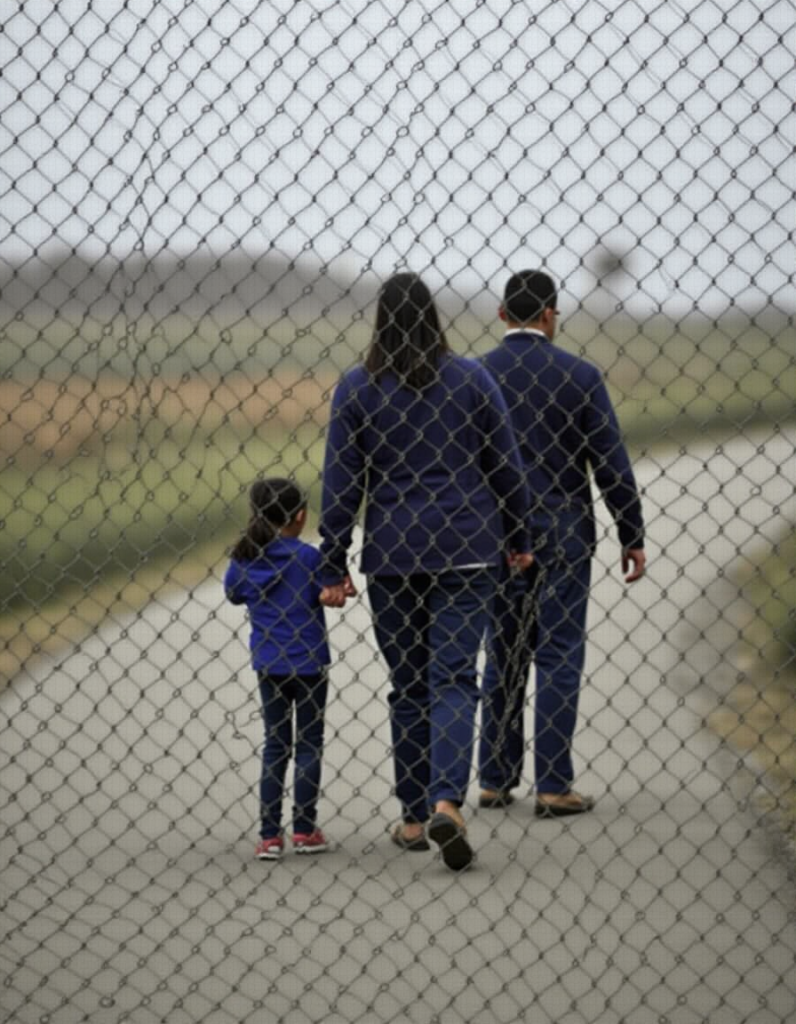Introduction
President Donald Trump’s recent directive to deport “millions and millions” of undocumented immigrants has intensified scrutiny of the United States’ detention infrastructure. With an estimated 11.7 million individuals residing illegally in the country, the current capacity of immigrant detention facilities is under significant pressure.
Key Takeaways
- Current Detention Capacity: U.S. Immigration and Customs Enforcement (ICE) is budgeted to detain approximately 41,000 individuals daily, a fraction of the undocumented population.
- Expansion Plans: To meet deportation objectives, the administration proposes increasing detention capacity to 110,000 beds, necessitating an estimated $26.9 billion investment.
- Policy Changes: The reinstatement of the “Remain in Mexico” policy and the termination of “catch and release” are expected to further strain detention resources.
- Private Sector Involvement: Private prison companies, such as CoreCivic, are anticipated to play a significant role in expanding detention facilities.
- International Implications: Mexico is proactively establishing temporary shelters to accommodate an expected surge in deportees.
Current Detention Capacity and Challenges
ICE’s existing infrastructure supports the detention of about 41,000 individuals daily. However, achieving the administration’s ambitious deportation targets would require a substantial increase in capacity. The proposed expansion to 110,000 beds highlights the logistical challenges inherent in scaling operations to this extent.
Policy Changes Impacting Detention Needs
The administration’s decision to reinstate the “Remain in Mexico” policy mandates asylum seekers to await U.S. immigration proceedings in Mexico, reducing immediate detention needs domestically but increasing pressure on Mexican border cities. Conversely, ending the “catch and release” practice, which previously allowed certain detainees to be released pending court hearings, will likely increase the demand for detention space within the U.S.
Role of Private Detention Facilities
Private prison corporations, notably CoreCivic, are expected to be instrumental in the proposed expansion of detention facilities. These companies have historically provided additional capacity during surges in detainee populations, and their involvement is anticipated to grow under the current administration’s plans.
International Response and Preparations
Anticipating increased deportations, Mexican authorities are constructing temporary shelters in border cities like Ciudad Juárez. The “Mexico embraces you” initiative aims to offer deported individuals essential services, including food, housing, medical care, and assistance with returning to their hometowns. This proactive approach underscores the broader regional impact of U.S. immigration policies.
Conclusion
President Trump’s directive for mass deportations presents significant challenges for the U.S. detention infrastructure. The proposed expansion of detention capacity, reliance on private facilities, and international ramifications highlight the complexity of implementing such an extensive immigration enforcement strategy. As these plans progress, the balance between policy objectives and logistical realities will remain a critical focal point.
#UnitedStates
Sources
- Associated Press: Immigrant detention beds may be maxed out as Trump moves to deport ‘millions and millions’
- Reuters: Mexico builds temporary shelters to prepare for mass deportations from US










